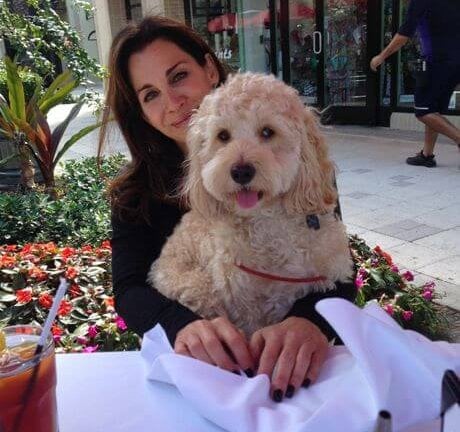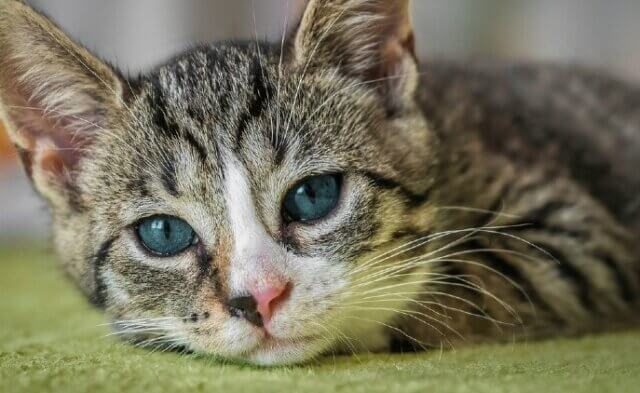Recently, I was visiting a client’s home that I had designed over a year ago. As I was walking through the residence, I couldn’t help but notice that every room in the entire house contained one or more items made with animal skins. The living room showcased large leather swivel chairs, an oversized horsehair ottoman was in another room, and suede sofas and wool area rugs had been placed throughout. A few months ago, I would have considered this project one of my finest. Walking through the spaces now was a nightmare. I felt as if a complete stranger had designed the place.
Take a few seconds right now and look around you. I would bet that within the space that surrounds you, there is an item made with animal skin or fur. It could be an office chair, sofa, car seat, desk blotter, blanket, or pillow, perhaps.
As an interior designer and animal lover, I recently made a decision to design spaces that are cruelty-free (vegan). I no longer use any items made with animal skins, fur, or feathers. The inhumane and cruel treatment of animals raised and killed solely for their parts for industries throughout the world, including home furnishings, was brought to my attention by PETA. Once I understood the harsh reality, I never looked back. Animals should be treated with love and respect and be safe.
Creating vegan spaces is not a difficult feat. My mission is to educate and bring awareness to as many others as I can about compassionate design.
Last month, I wrote an article for PETA about down feather alternatives. This month, I’m going to provide you with information about faux-leather options. But first, let’s understand the reality of the leather industry:
- Each year, the global leather industry kills more than a billion animals. One billion!
- China is the world’s largest exporter of leather. The skins used for leather come from cows, sheep, dogs, and cats who have suffered in ways that one would not dare to imagine. Over 2 million dogs and cats are tortured and killed for their skins each year. Most of us, including me until recently, cannot begin to comprehend that a leather sofa could be made of the skin of dogs. These poor animals are typically skinned alive and cut to pieces until they bleed to death.
- Animal skins used for furnishings made in Italy, the U.S., and other countries typically come from countries with nonexistent animal-welfare protections. The animals have been severely abused. The truth is ugly and horrific.
- Animals aren’t the only ones who suffer. Poor and desperate children in Bangladesh stand barefoot in toxic chemicals while using knives to cut the skins of the animals.
It has to stop, and you can make a difference. Be present in 2016! By making ethical choices, you can help save animals and children from suffering.
Leather Alternatives for the Home
Faux leather was invented in the early 20th century. It’s a trendy, chic option that can be made from nylon, cork, or polyester. It’s soft, stain resistant, and both more durable and much less expensive than leather. Plus, it looks exactly like animal leather.
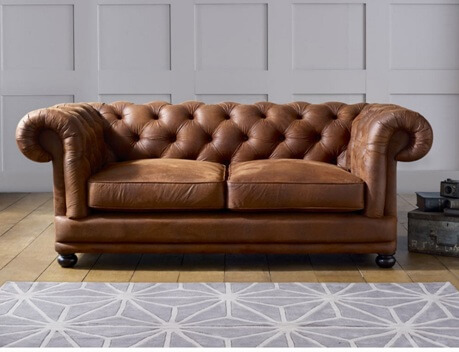
Most major home furnishings stores and online retailers, such as Wayfair and Rooms To Go, offer faux-leather options. They are available in many price ranges and are more affordable than leather! Have I mentioned that already?
Microfiber was invented in 1970 by Japanese scientist Dr. Miyoshi Okamoto. Microfiber is made of polyester, nylon, rayon, acetates, or a combination of these materials. They’re soft, extremely durable, and stain resistant, and they stand up well to animal companions and children. They’re also easy to vacuum and very affordable. Microsuede (trademarked as Ultrasuede), part of the microfiber family, looks and feels like suede leather. Most importantly, it’s cruelty-free.
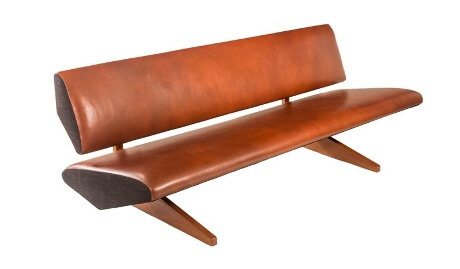
Each and every one of us has the power to make a change. Start 2016 cruelty-free. Protect the Earth’s animals. Go vegan in all ways, including your choice of furniture.
Next month, “veganizing your space 101” will focus on wool alternatives.
I look forward to inspiring others to make humane choices when decorating their spaces. I will show you endless, beautiful, stylish, and comfortable options. I’m here to help. I welcome all questions, comments, thoughts, and ideas. I hope my passion and excitement about vegan design jumps off this page and touches you.
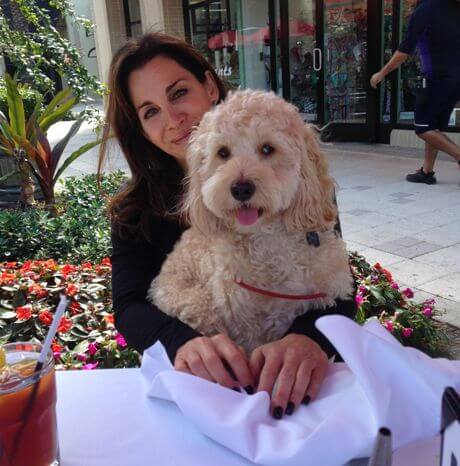
Deborah DiMare, founder of DiMare Design, focuses on cruelty-free (vegan) design and design therapy. She combines specific textures, scents, and colors with cruelty-free materials to create optimal thriving spaces. Deborah grew up in New York and resides in Miami with her daughters and dog Lucca. Lucca’s favorite pastime is being a total beach bum. DiMareDesign.com; [email protected]

